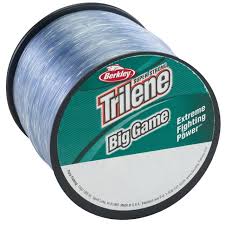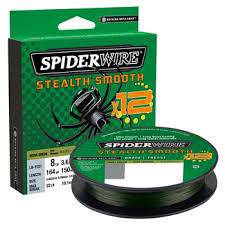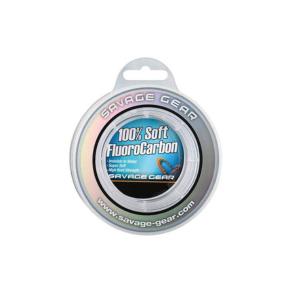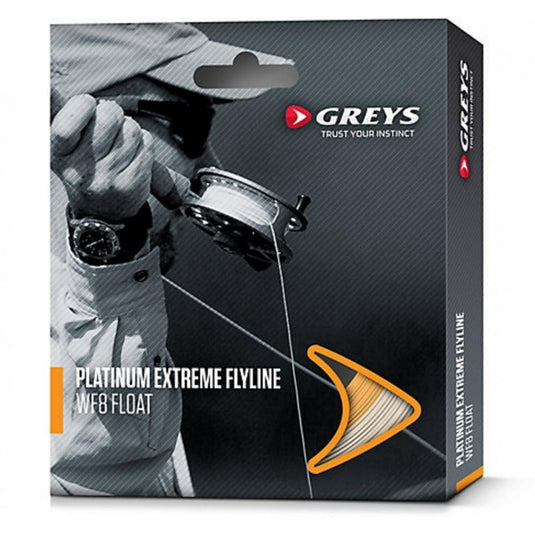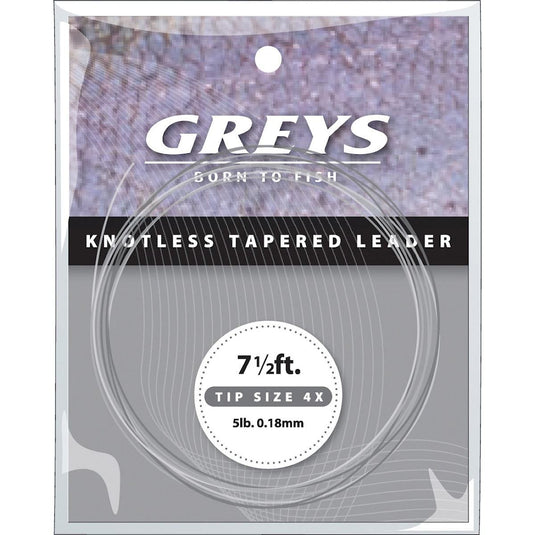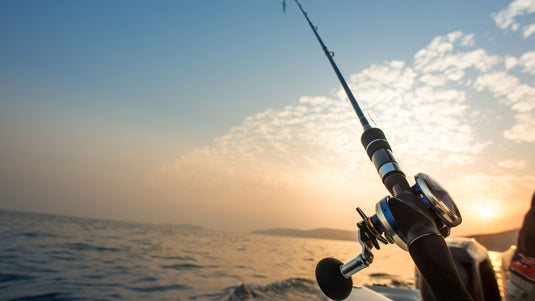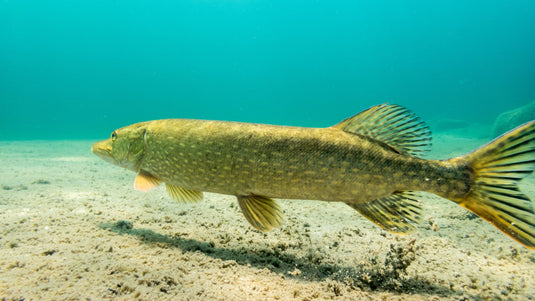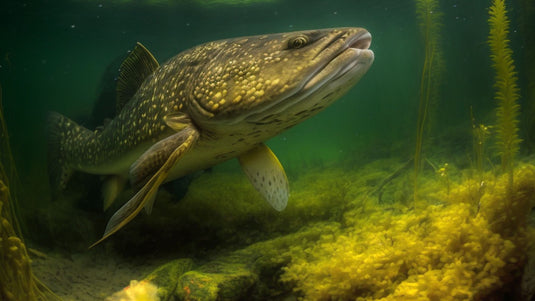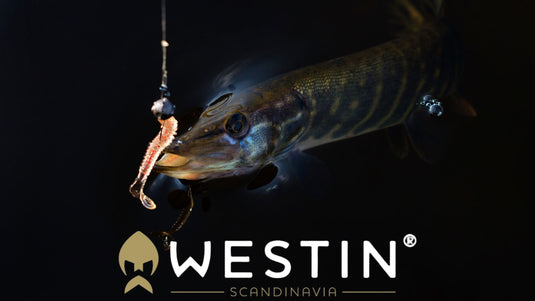Fishing Lines: Types and Uses
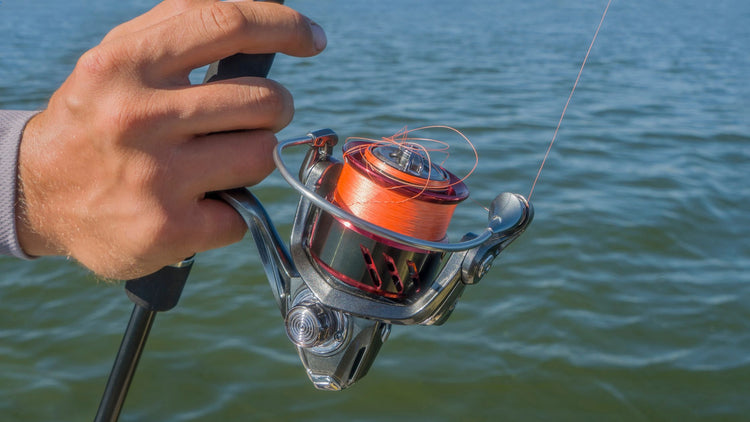
The Right Fishing Line
Choosing the right fishing line is crucial for a successful fishing experience. The type of line you use can significantly affect your casting distance, sensitivity, and ability to reel in fish. With various fishing lines available, each with its own strengths and weaknesses, understanding the differences is essential. This guide will explore the different types of fishing lines, helping you make an informed decision for your next fishing trip.
1. Monofilament Line
Overview:
Monofilament line, often referred to as "mono," is one of the most popular and widely used fishing lines. It's made from a single strand of material, typically nylon.
Features:
- Stretch: High elasticity, providing forgiveness and reducing the risk of line breakage.
- Buoyancy: Floats on water, making it suitable for topwater fishing.
- Visibility: Available in various colors, including clear, which is less visible underwater.
- Knot Strength: Excellent knot-holding capability.
Ideal For:
- Beginners due to its ease of use and affordability.
- Freshwater and saltwater fishing.
- Fishing techniques requiring stretch.
2. Fluorocarbon Line
Overview:
Fluorocarbon line is made from a dense material that refracts light similarly to water, making it nearly invisible underwater.
Features:
- Visibility: Low visibility under water, ideal for clear water fishing.
- Sensitivity: Less stretch than monofilament, providing greater sensitivity.
- Abrasion Resistance: Highly resistant to abrasion, suitable for fishing in rough conditions.
- Sink Rate: Sinks faster than monofilament, making it ideal for deepwater fishing.
Ideal For:
- Clear water fishing where line visibility is a concern.
- Techniques requiring high sensitivity, such as jigging and drop shotting.
- Fishing in rocky or rough environments.

3. Braided Line
Overview:
Braided line, also known as "braid," is made by weaving together multiple strands of synthetic fibers, resulting in a strong and thin line.
Features:
- Strength: High strength-to-diameter ratio, allowing for more line on the reel.
- Sensitivity: Almost no stretch, offering excellent sensitivity and hook-setting power.
- Durability: Extremely durable and resistant to abrasion.
- Visibility: Generally more visible underwater, often requiring a leader.
Ideal For:
- Heavy cover fishing where strength is necessary.
- Techniques requiring high sensitivity, such as bottom fishing and lure fishing.
- Saltwater fishing and targeting large fish species.
4. Copolymer Line
Overview:
Copolymer line is a blend of two or more polymers, combining the best features of monofilament and fluorocarbon lines.
Features:
- Strength: Stronger than monofilament with less stretch.
- Sensitivity: Greater sensitivity compared to monofilament.
- Visibility: Available in low-visibility options, though not as invisible as fluorocarbon.
- Knot Strength: Good knot-holding ability.
Ideal For:
- Anglers seeking a balance between strength and sensitivity.
- Various fishing environments and techniques.
- Situations where both strength and low visibility are needed.
5. Wire Line
Overview:
Wire line is a specialized type of fishing line made from thin strands of metal, often used in trolling and deep-sea fishing.
Features:
- Strength: Extremely strong, suitable for heavy-duty fishing.
- Durability: Highly resistant to abrasion and capable of withstanding harsh conditions.
- Visibility: Highly visible, often used with a leader.
- Sink Rate: Sinks quickly, ideal for deepwater applications.
Ideal For:
- Trolling for large, deep-sea fish species.
- Fishing in areas with heavy vegetation or debris.
- Situations where line strength and durability are paramount.
Choosing the Right Fishing Line
Selecting the appropriate fishing line depends on various factors, including the type of fishing you’re doing, the environment, and the species you’re targeting. Here are some tips to help you choose the right line:
- Consider the Fishing Environment: Clear water calls for low-visibility lines like fluorocarbon, while rough conditions may require the abrasion resistance of braided or copolymer lines.
- Match the Line to the Technique: Different techniques benefit from specific line characteristics. For example, use monofilament for topwater fishing due to its buoyancy and braided line for heavy cover fishing for its strength.
- Think About Line Strength: Ensure the line’s strength matches the size of the fish you’re targeting. Heavier lines are needed for larger fish and more challenging environments.
- Evaluate Sensitivity and Stretch: Choose a line with low stretch for techniques requiring high sensitivity and hook-setting power, such as jigging or lure fishing.
Fishing lines are a crucial component of your fishing gear, directly impacting your ability to catch fish. By understanding the different types of fishing lines and their specific uses, you can enhance your fishing technique and increase your chances of a successful catch. Happy fishing!

